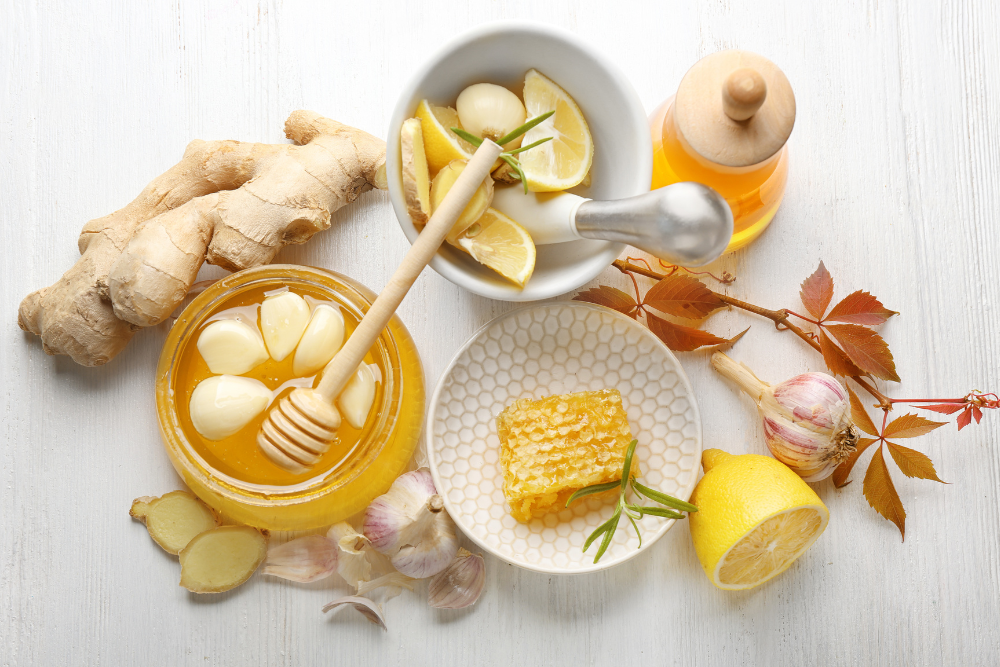Switzerland is often associated with cheese, chocolate, and hearty Alpine dishes, but its cuisine is far more diverse than many realize. Due to its central location in Europe, rich history of trade, and cultural diversity, Swiss food has been shaped by unexpected international influences over centuries. From Italian-inspired pastas to Asian spices introduced through global trade, Switzerland’s culinary traditions reflect a surprising blend of flavors from around the world.
This guide explores the most unexpected international influences on Swiss cuisine and how they have shaped the country’s food culture.
1. Italian Influence: Pasta, Risotto, and Espresso Culture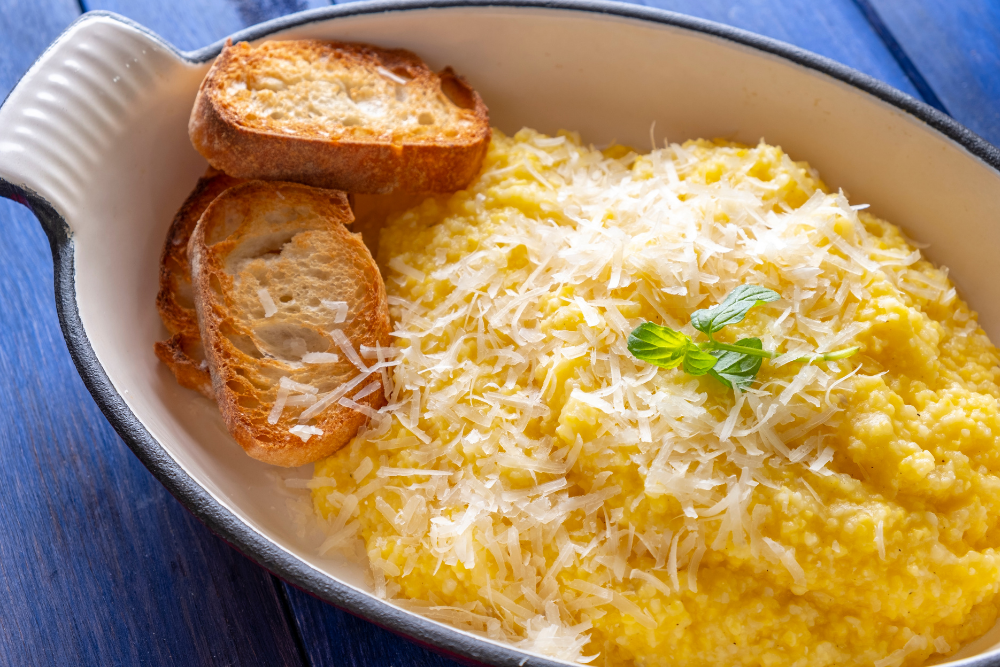
Switzerland shares a border with Italy, and the southern Ticino region has a distinctly Italian flavor. Over centuries, Italian culinary traditions have left a deep mark on Swiss cuisine, especially in the form of pasta, risotto, and coffee culture.
A. Pasta and Polenta in Ticino
- Ticino’s cuisine is heavily influenced by Lombardy and Piedmont, featuring dishes like homemade pasta, polenta, and risotto.
- Pizzoccheri, a buckwheat pasta dish popular in the Italian Alps, has also found a home in Switzerland.
- Polenta, originally a peasant dish from northern Italy, is a staple in Ticino, often served with cheese or braised meats.
B. Swiss Espresso and Café Culture
- The love for espresso and cappuccino in Switzerland stems from its Italian neighbors.
- In cities like Zurich and Geneva, Italian-style coffee bars are as common as in Milan.
- Switzerland is home to some of the best espresso outside of Italy, with brands like Nespresso gaining international fame.
C. Swiss-Italian Desserts
- Panettone, the traditional Italian Christmas bread, is widely enjoyed in Swiss holiday traditions.
- Amaretti (almond cookies) and Tiramisu also frequently appear on Swiss dessert menus.
2. French Influence: Fine Pastries, Wine, and Haute Cuisine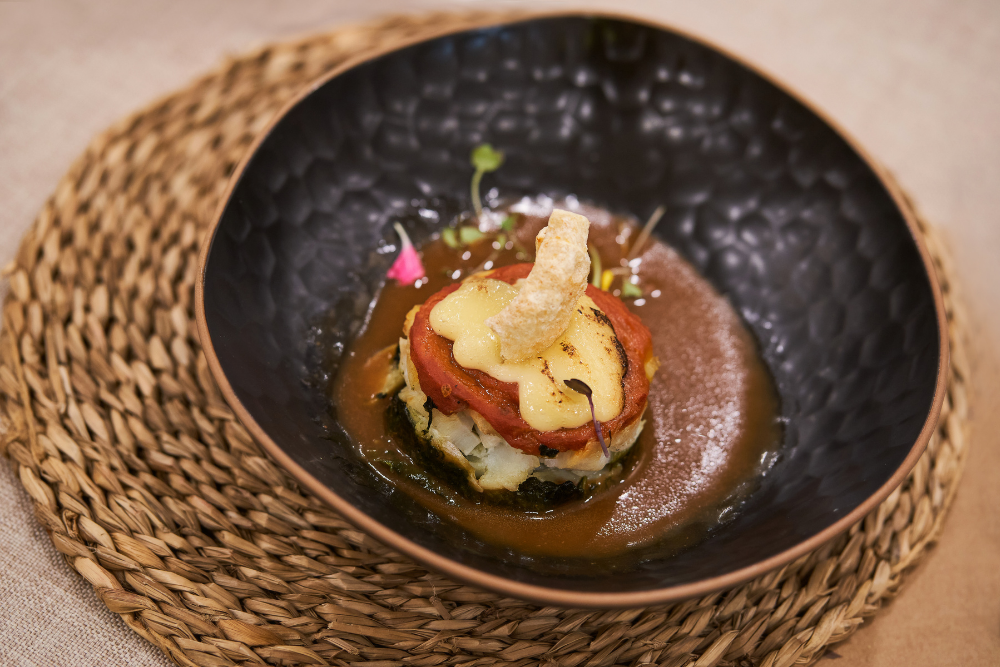
Switzerland’s French-speaking regions (Romandy), including Geneva, Lausanne, and Montreux, have long been influenced by French gastronomy. The result is a refined Swiss-French cuisine, where butter-based sauces, fine pastries, and wine culture play a key role.
A. French-Style Pastries and Breads
- The Swiss enjoy classic French baked goods like croissants, éclairs, and tarte tatin.
- The Butterzopf, a Swiss braided bread, is believed to have been influenced by French brioche.
- Many Swiss bakeries use traditional French pastry techniques, making Geneva and Lausanne ideal places to find fine patisserie.
B. Wine and Cheese Pairings
- The Swiss wine industry, particularly in Lavaux and Valais, was shaped by French winemaking traditions.
- Swiss fondue culture was influenced by the French fondue Savoyarde from Savoy, using white wine as a key ingredient.
C. Swiss-French Haute Cuisine
- The presence of Michelin-starred restaurants in Switzerland, especially in Geneva, reflects French culinary excellence.
- Dishes like Filets de Perche (perch fillets from Lake Geneva) are prepared in a distinctly French style.
3. German Influence: Sausages, Pretzels, and Hearty Alpine Fare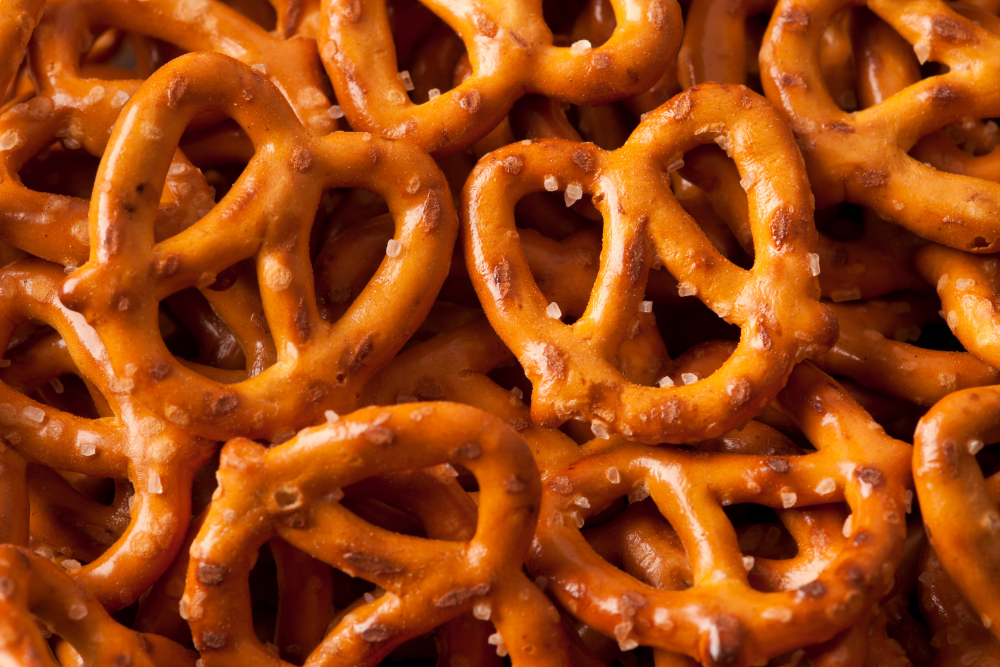
The German-speaking regions of Switzerland, including Zurich, Bern, and Basel, have a strong Austro-German culinary influence. Many Swiss comfort foods have origins in Germany, Austria, and Bavaria, particularly sausages, breads, and meat-heavy dishes.
A. Sausages and Street Food
- Bratwurst is a staple in Zurich and is often served with Bürli bread instead of a bun.
- Schüblig, a smoked Swiss sausage, is similar to the German Schübling.
- The tradition of Christmas markets selling bratwurst, roasted nuts, and mulled wine mirrors those in Germany.
B. Pretzels and German Breads
- Brezeln (pretzels) are common in Swiss bakeries, influenced by Bavarian and Swabian traditions.
- Switzerland’s dark rye breads and sourdough loaves resemble traditional German and Austrian breads.
C. Hearty Alpine Cuisine
- Älplermagronen (Swiss Alpine Mac & Cheese) is similar to Käsespätzle, a German cheese and pasta dish.
- Swiss Rösti has close ties to German potato pancakes (Kartoffelpuffer).
- Zürcher Geschnetzeltes (Zurich-style veal in cream sauce) is prepared with a sauce reminiscent of German Rahmsoße.
4. Spanish and Mediterranean Influence: Tapas, Olive Oil, and Spices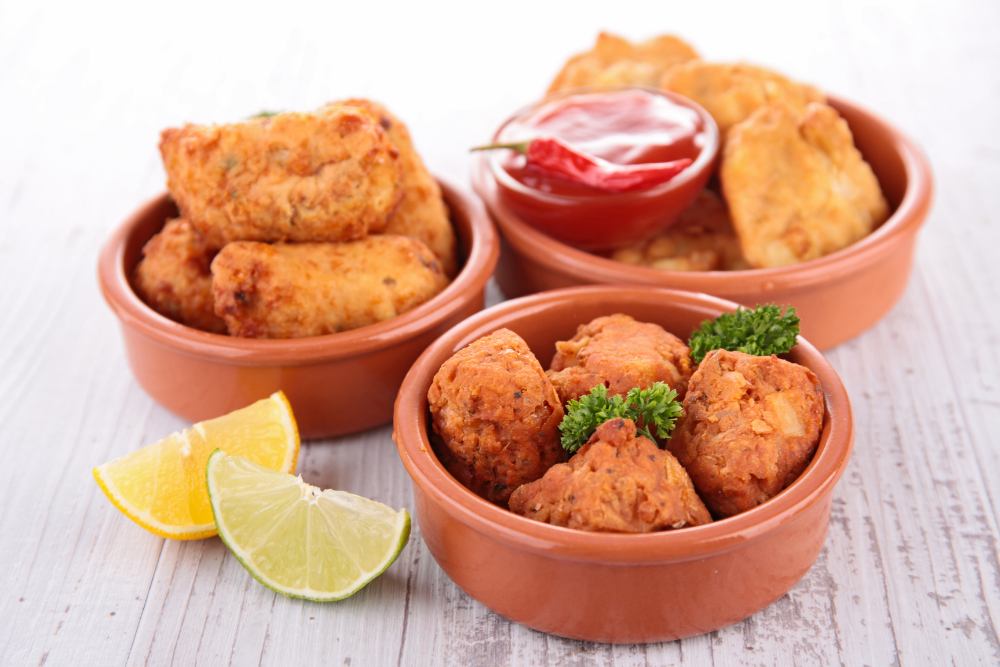
Spain’s trade routes and culinary techniques have influenced Swiss cuisine in unexpected ways, particularly in the use of olive oil, cured meats, and seafood dishes.
A. Olive Oil in Swiss Cuisine
- While butter is dominant in Swiss cooking, Mediterranean influences have increased olive oil use, especially in health-conscious kitchens.
- Swiss supermarkets now stock high-quality Spanish and Italian olive oils, reflecting a shift in traditional cooking fats.
B. Tapas-Style Dining and Cured Meats
- Swiss charcuterie boards with dried meats (e.g., Bündnerfleisch, Salsiz) are reminiscent of Spanish jamón and chorizo platters.
- In recent years, tapas-style dining has become popular in Swiss cities, with small plates of Swiss cheeses and meats served in a social dining format.
5. Asian Influence: Curry, Rice, and Fondue Variations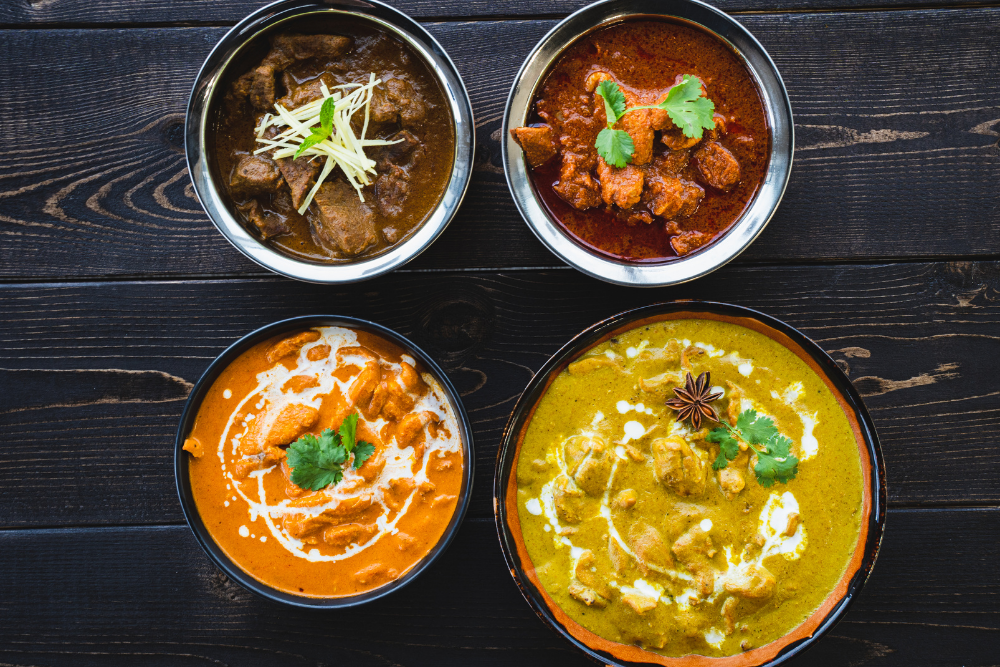
Though Switzerland is not traditionally associated with Asian cuisine, trade and global travel have introduced new ingredients and flavors into everyday Swiss meals.
A. Curry and Exotic Spices
- The Swiss enjoy Currywurst, a German dish with South Asian spice influence.
- Zurich’s international restaurants have embraced fusion cuisine, incorporating Japanese miso, Thai lemongrass, and Indian curries into Swiss-inspired dishes.
B. Rice in Swiss Cuisine
- Risotto in Ticino has strong Italian roots, but rice-based dishes have become more common throughout Switzerland.
- Basel’s “Riz Casimir” (rice with a fruity curry sauce and veal) is a uniquely Swiss dish influenced by Asian flavors.
C. Fondue Variations Inspired by Asia
- Some modern Swiss restaurants now serve spiced cheese fondues, incorporating influences from Southeast Asia and Japan.
- Miso-infused cheese fondue is one of the latest adaptations in Swiss gastronomy.
Conclusion
Swiss cuisine is far more than just fondue and chocolate—it is a melting pot of international influences. From Italian pastas to French pastries, German sausages to Asian spices, Switzerland’s food culture is shaped by its neighbors and global trade. This fusion of flavors has created a rich, diverse culinary identity that continues to evolve while maintaining its deep Alpine roots.
For travelers and food lovers, exploring Swiss cuisine means discovering the unexpected—where a traditional rösti might sit alongside a Mediterranean-inspired tapas board, or a classic Swiss fondue takes on an Asian twist.



